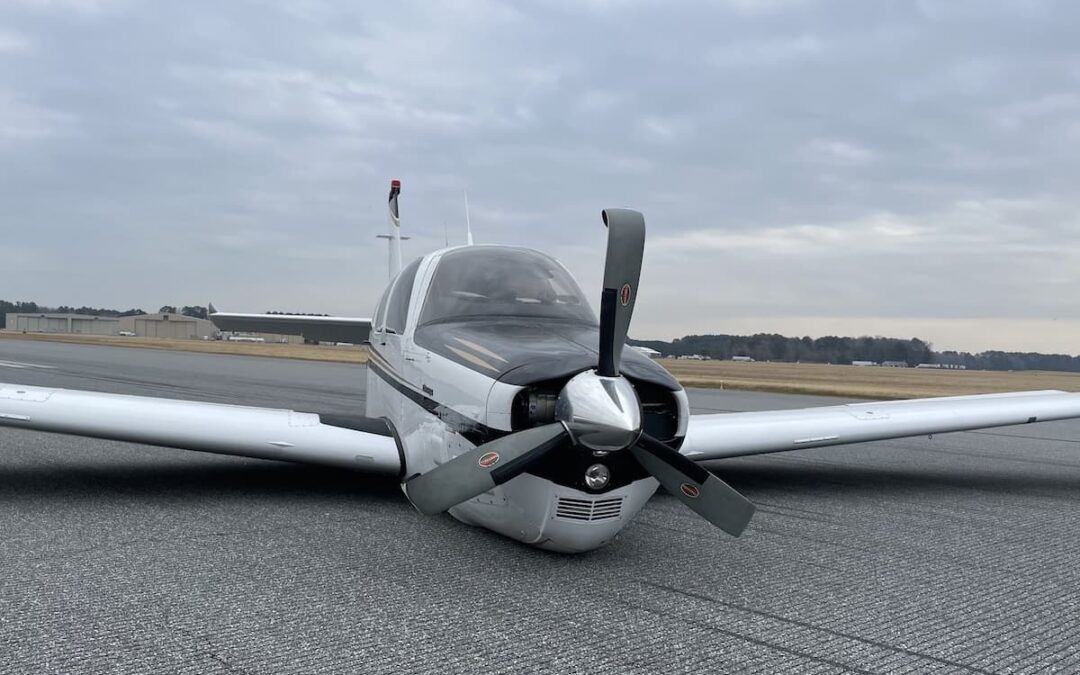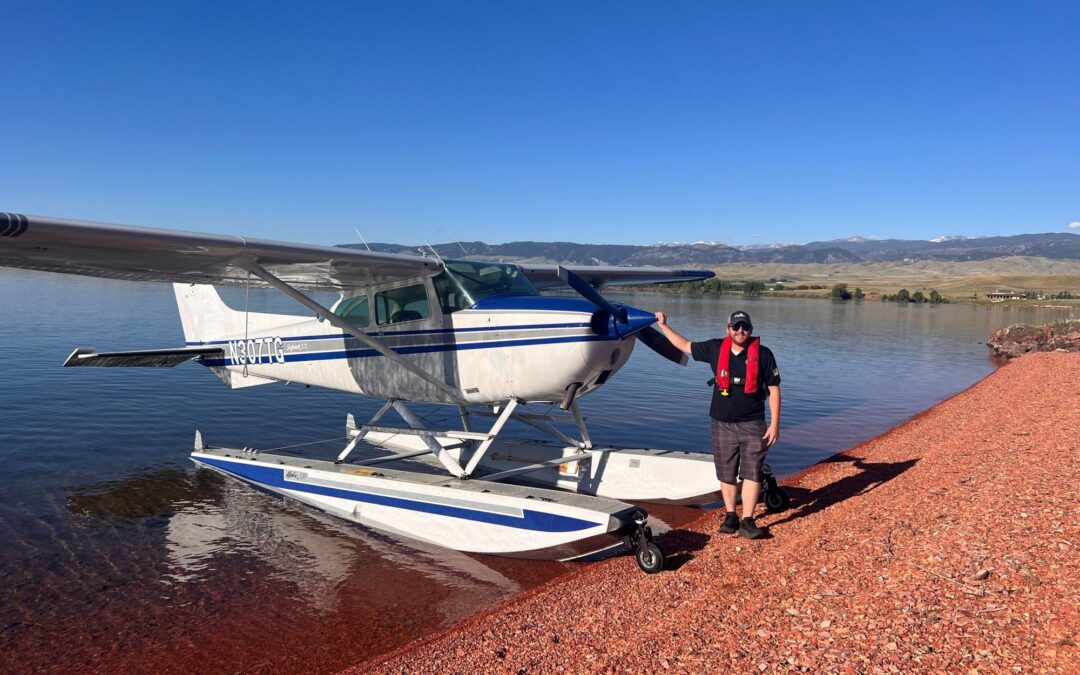Perhaps it’s time to rethink how we teach people to fly by wafting our way around the traffic pattern under electric power rather than noisily propelling ourselves through the atmosphere by combusting dinosaur juice.
Or perhaps not.
The concept of electric flight is, like a lot of dreams, wishful in the sense that it may not be practical at the present time, but perhaps it will be in the not-too-distant future.
During six decades of flight training, I’ve had to learn how to adapt to many changing requirements. Given the current state of electric powertrains, there would have to be a lot of adapting to the training procedures to accommodate the present limitations of battery-powered flight. The chief drawback for now seems to be limited endurance compared with avgas-powered trainers. Range anxiety is a well-known electric vehicle concern, particularly in wintertime, and it will be an even greater worry if aloft rather than on the road.
Flying lessons using electric power will necessarily be short, using the current technology, something on the order of the 30-minute “discovery flight” intros we employ for prospective flight students. CFIs would have to make the most of each minute aloft, adhering to a narrow flight profile and quickly moving from one demonstration and practice session to another. E-flight management does have some flexibility in that reducing power demand greatly extends endurance. At slow cruise, an electric trainer can log time efficiently, so long as one maintains enough battery reserve to get back to the runway.
The all-electric single-engine eDA40 by Diamond Aircraft may help fill a space in the training market with a quieter, environmentally-friendly ride. [Image: Diamond Aircraft]
Another bothersome adaptation would be maintaining the student schedule, given the lengthy recharge time following a depleted battery pack. We normally pace students 30 minutes apart, allowing just enough time for preflight and postflight briefings, ground school, and paperwork. Unless a waiting fresh e-trainer is ready to go, it would be necessary to go into a simulator or classroom session until nap time is over.
Keep it Close
Staying close to home in level flight would seem to be the key to maximizing the available battery output, but that isn’t all there is to flying. We fly, and teach, to prepare students to use airplanes to go places. A flight of some 50 nm meets the FAA definition of a cross-country flight for private pilot training purposes, but seldom are airports ideally located to support this minimum requirement. It’s often necessary to use training legs of 75 miles or more. For a light sport airplane (LSA) certificate, shorter flights of 25 miles and 50 miles are legally acceptable, for which today’s electric trainers are better suited.
It remains to be seen if provisions will be made for certifying electric-powered airplanes in the FAA’s special-LSA category. The European Union Aviation Safety Agency (EASA) has awarded its ultralight category certification to electric airplanes, but the FAA has no similar provision at present. However, on March 1, the FAA approved an exemption for the Textron/Pipistrel Velis Electro to operate as an LSA.
Electroflight’s NXTE Rolls-Royce ACCEL ‘Spirit of Innovation’ gets high marks for speed. [Image: Electroflight | Alan Wilson]
Today’s available e-planes can fly for about 30 minutes before beginning to generate concern about remaining endurance, necessitating heading for the home base, after which 90 minutes of recharging are necessary. So, effective cross-country training, it appears, will have to remain the bailiwick of internal combustion flight for now.
This leaves an electric training aircraft to do its yeoman work in a nearby practice area, teaching the rudiments of turn coordination, slow-flight transition, stall recovery, and ground reference maneuvers. Flying several miles to and from a designated practice area would cut into the time on-station. My policy has always been to conduct local flight training in a location that’s upwind of the airport so that one doesn’t have to fight a headwind to get home when the period is about up. That would be essential when the electric airplane’s state-of-health meter is nearing the red zone.
What about traffic pattern work, which is where the e-trainer would appear to be most suitable? At their maximum power output, as during takeoff and climb to pattern altitude, electric motors can have a tendency to overheat, and battery reserve quickly dwindles. Adding a liquid cooling system is one answer, but that incurs a weight penalty. Doing touch-and-goes from short approaches may not allow enough time to dissipate heat buildup between climbouts. Interspersing level-flight maneuvers with pattern practice might be a solution.
Can We Build Them Tough Enough?
A training aircraft needs to be fairly robust in its construction in order to withstand the inevitable abuse imposed by unskilled students. Our current crop of light sport airplanes, limited to 1,320 pounds gross weight, haven’t been able to penetrate the flight training market for this reason. While it is true that lightweight airplanes do respond easily to gusts of wind and require more active participation on the controls, the current 1320-pound LSA weight limit can influence the durability of them in training service. A hefty airframe means added weight, something an underpowered electric aircraft needs to avoid if sufficient battery capacity is to be accommodated. The two batteries in Pipistrel’s Velis Electro trainer weigh a total of more than 300 pounds, although the 77 hp (66 hp continuous) motor is a svelte fraction of a piston powerplant.
Saving money is widely touted as a benefit of going electric. The direct operating cost of electric trainers runs only a few dollars per hour, paying for replacing the stored electricity consumed. When computing overall expense, however, one has to consider that the airframe is not cheap, and the batteries will need replacement as they accumulate charge cycles. Therefore, there may not be much difference in rental rate between similar fuel-burning and electric models.
There is the perennial promise of improvement in battery technology, which may eventually expand the range envelope to practical limits. A chief requirement will be the acceptance of rapid recharging or perhaps a means of quickly exchanging depleted battery packs for freshly charged ones. A quick-charging capability may not be compatible with the other goals of minimizing weight or delivering high power output.
Pipistrel’s Velis Electro has made promising strides in the past couple of years. [Image: Pipistrel]
The Most for the Least
Weightwise, the energy density of gasoline is vastly greater than battery storage, by a factor of 50 times. The 50:1 ratio of energy density is not aviation-specific; it’s more broadly quoted in engineering circles. Electric power devotees counter with the efficiency advantage of electric motors, which is as high as 90 percent, vs. 35 percent for gasoline engines. Despite its inefficiency due to heat losses, piston-engine power still delivers 15 times the electric motor’s performance. This superiority of chemical energy sources allows for heftier airframes and left-over output for supporting features such as cabin heat and extra avionics. The stored energy in a tank of 100-octane avgas weighs less as the fuel is consumed over the course of a flight, allowing designers to set a takeoff weight in excess of a maximum landing weight. Electric energy sources weigh the same at landing as at takeoff, so the e-trainer’s structure has to be able to carry this dead weight at the flight’s conclusion.
There is the intangible benefit of doing the right thing for the planet, flying on a supply of moving electrons instead of burning up refined fossil remains, with no environmental contamination and much less noise. This presupposes that the necessary power generating station somewhere creates zero pollution during its construction, operating life, and replacement. If these concerns and acceptable solutions are sufficiently important to the coming generations, electric flight training may become the norm—eventually.
For now, the replacement of piston-engine training aircraft is well into the future. We will no doubt get there—someday. But not just yet.
The post Is the Future of Flight Training Electric? appeared first on Plane & Pilot Magazine.




